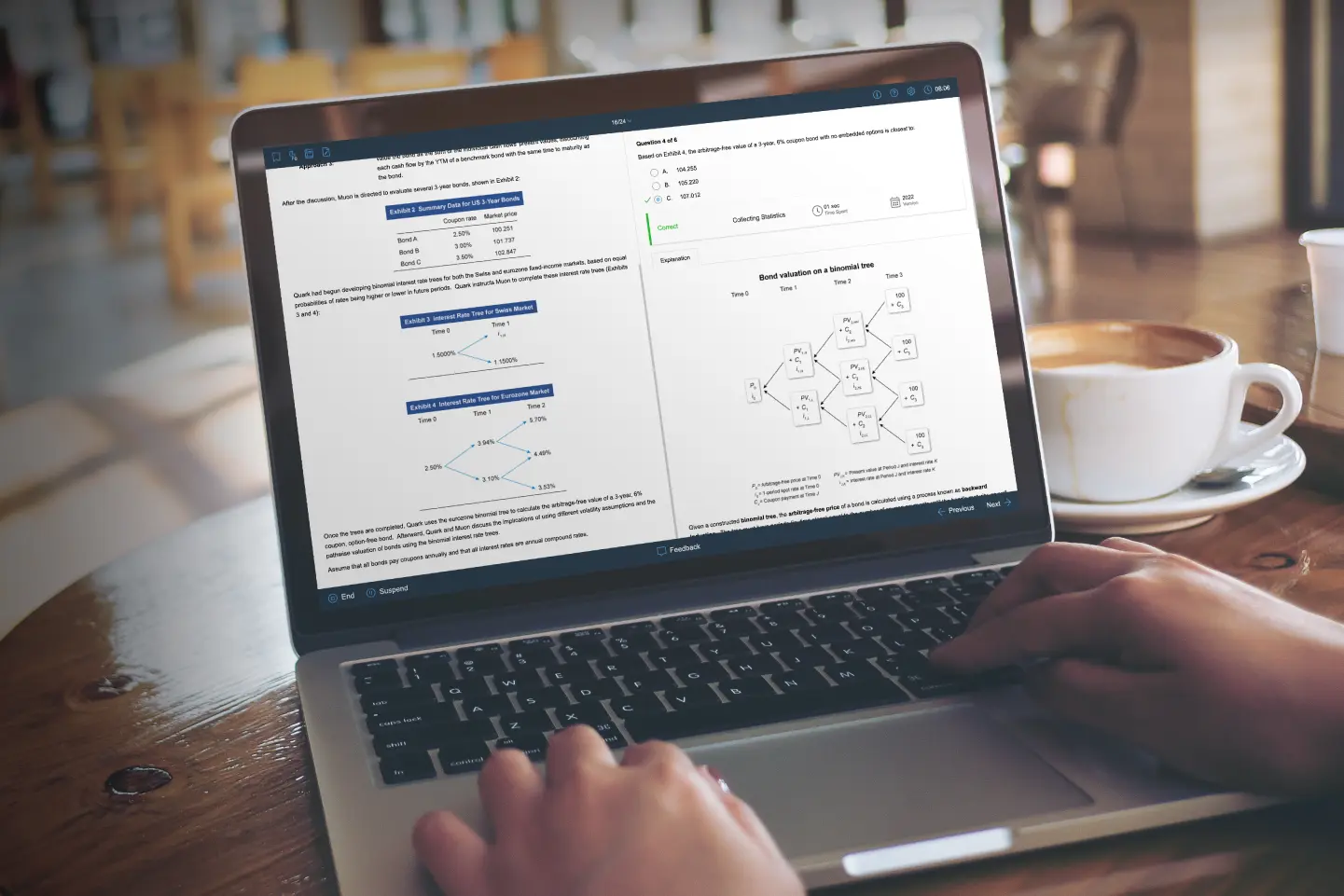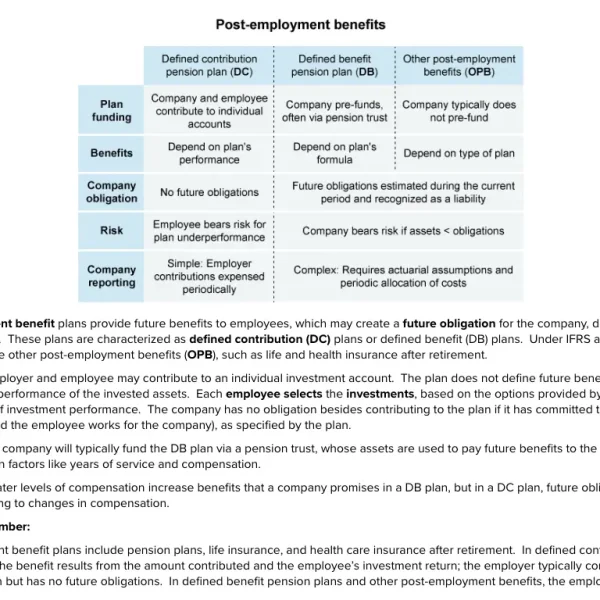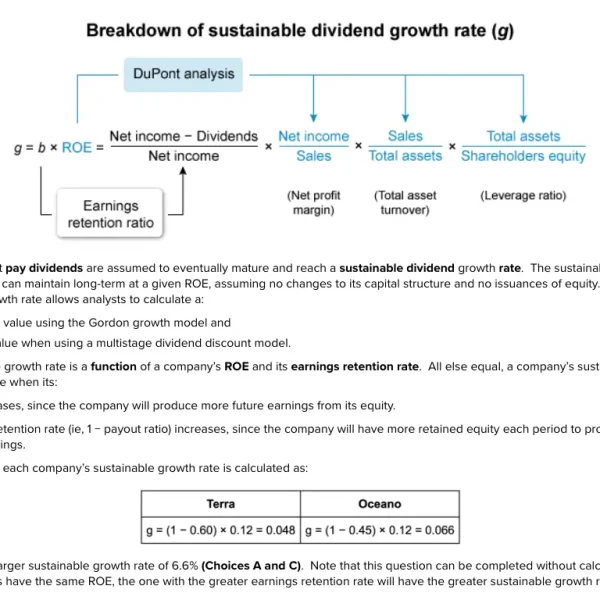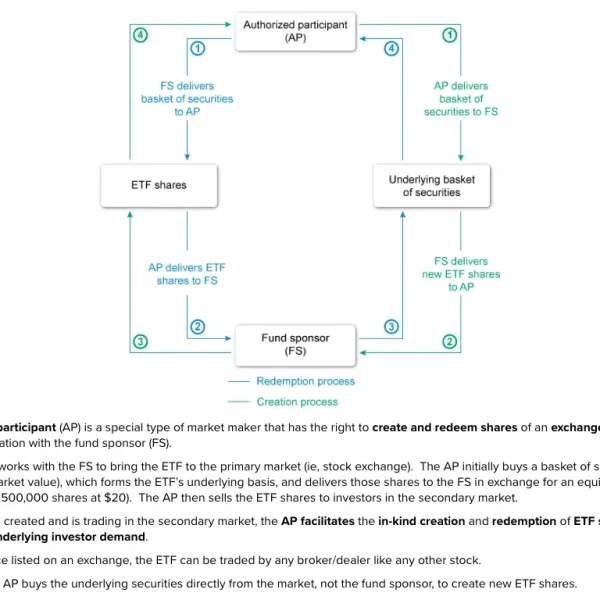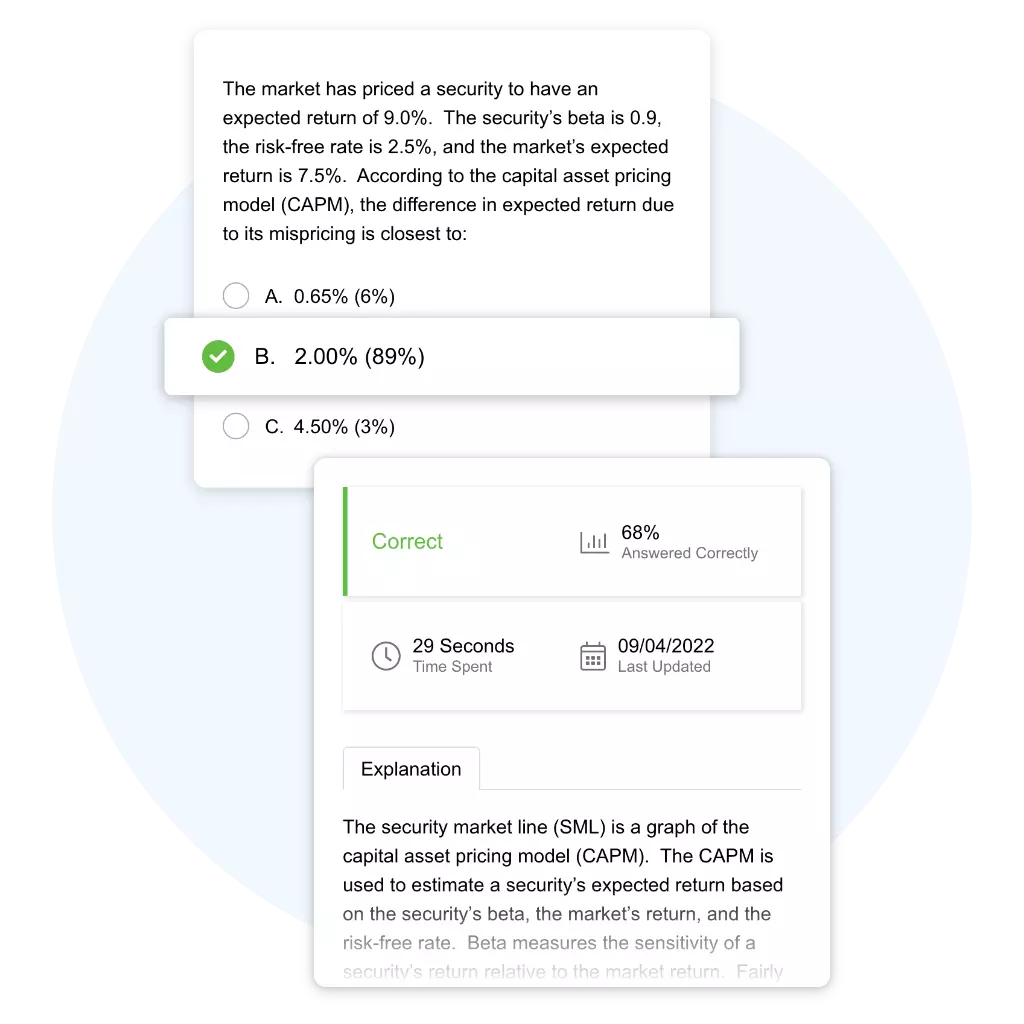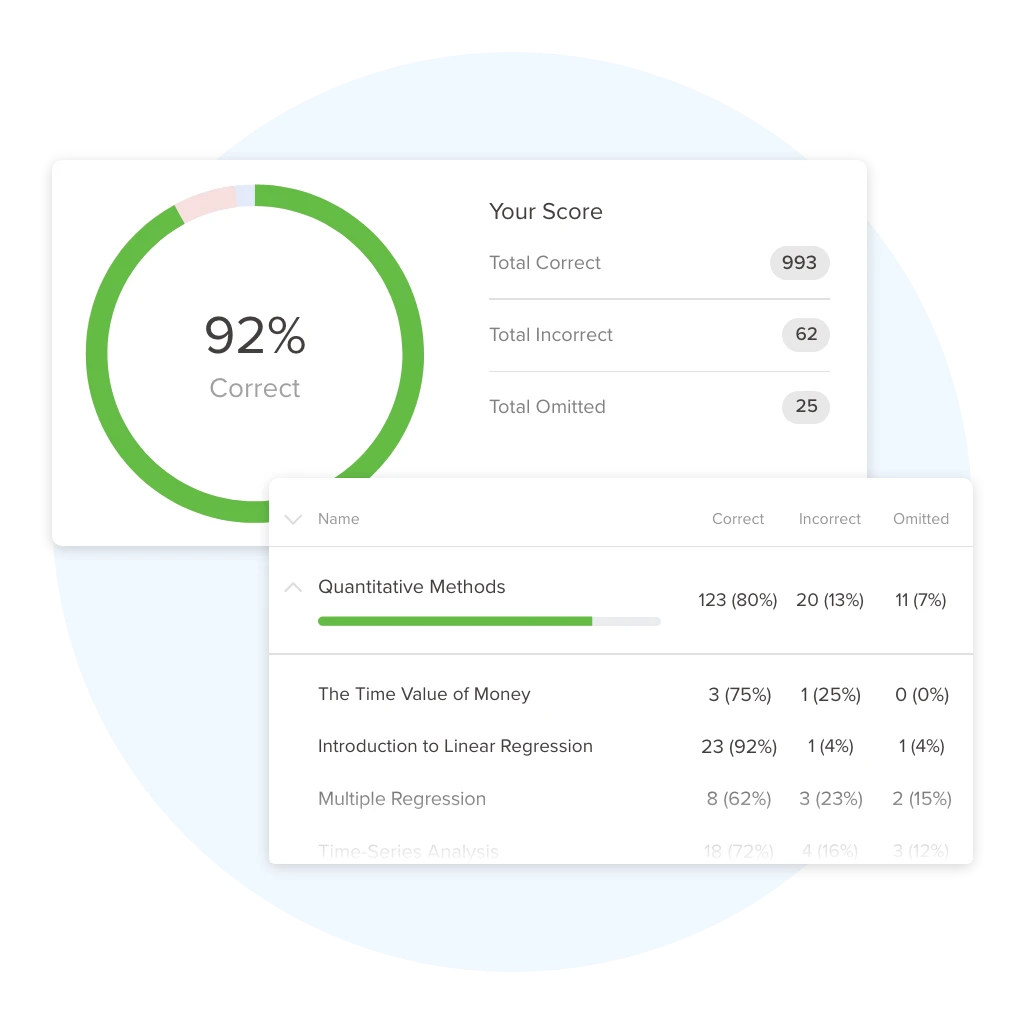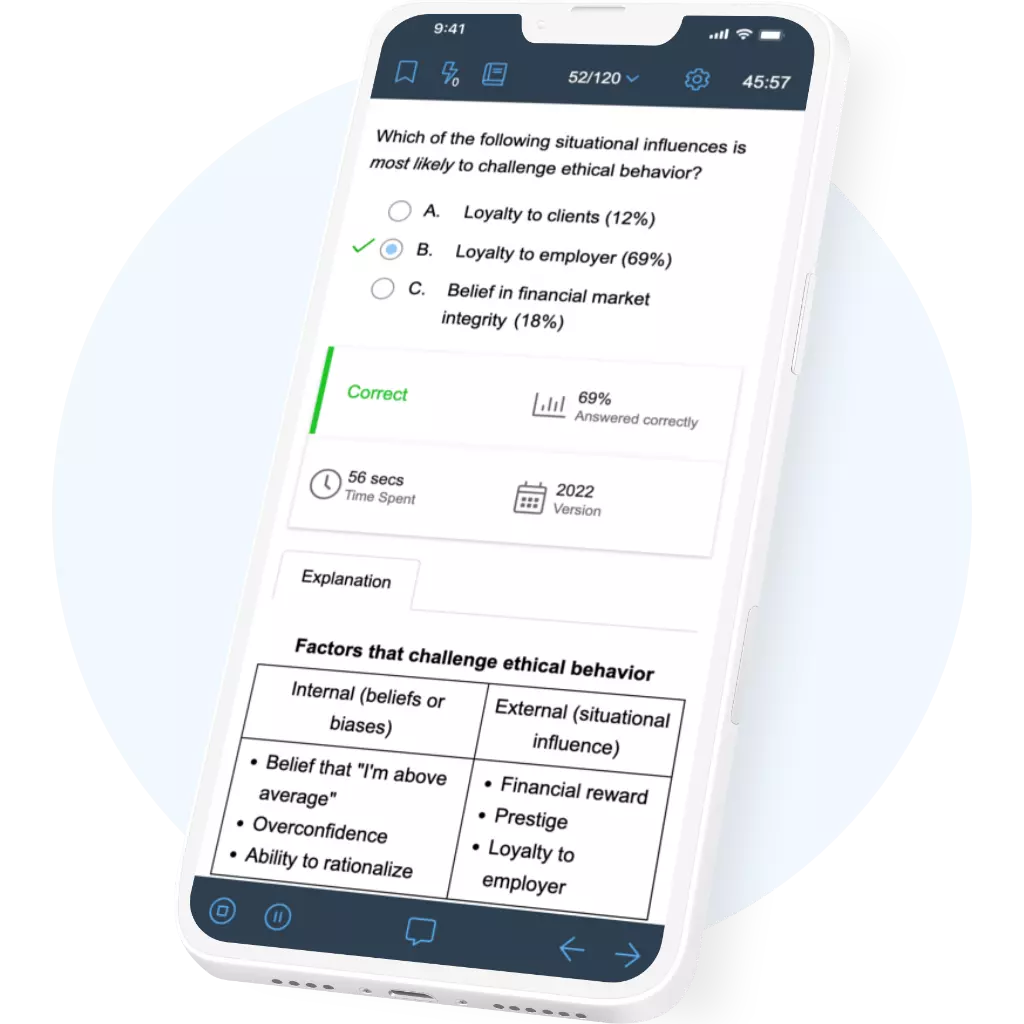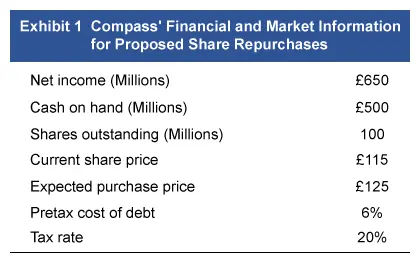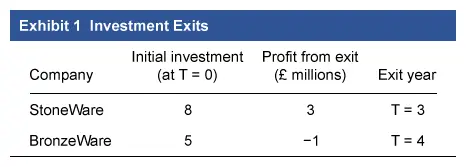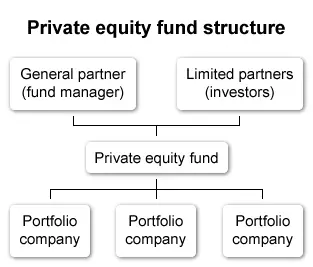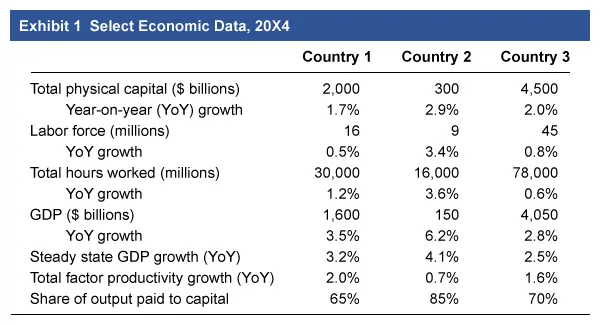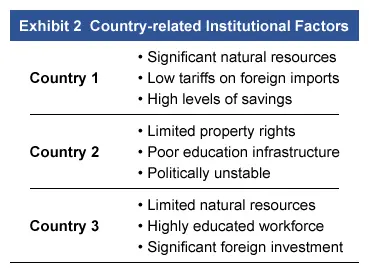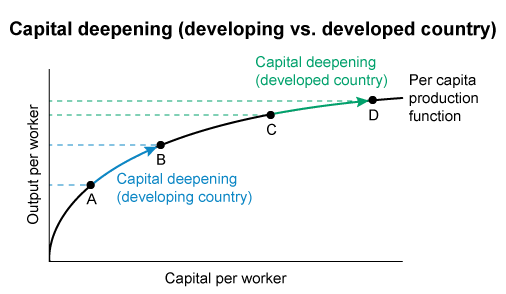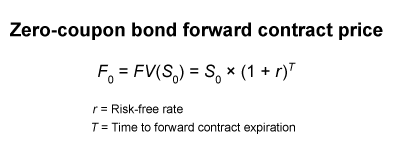CFA® Level 2 Question Bank
How Our Practice Questions Build Exam Readiness
Master Concepts Faster
Quiz Smarter, Not Harder
Learn the “Why” Behind Every Answer
Simulate Exam Conditions
Turn Weaknesses into Strengths
Replicate the Exam Environment
Score Higher on Level 2 with UWorld’s Quality Learning Tools
Use Up-to-Date CFA QBank Aligned to the Exam
Learn by Doing
Simplify Your Learning
Multiple Ways to Study, Multiple Ways to Save
Whether you’re searching for a complete CFA Level 2 course with unlimited access time or a supplement, we have you covered.
Explore our free trial and see how UWorld CFA can boost your Prep
Explore our free trial and see how UWorld CFA can boost your Prep
Hear From Our Past CFA Candidates

A very big thank you. You guys did great work on me. I wouldn't have passed the CFA Level 2 exams if not for your beautiful, well-crafted notes and videos. Your mock exams were the closest to the actual exam. Your advanced package is indeed the magic card."

The best test-bank I've found! The questions are complex. And the format mimics the exam; excellent explanations for each answer option. Application-based questions are very nuanced and further help strengthen the underlying concept. My favorite, the QBank itself, can help one learn the whole curriculum thoroughly just through practice questions."

I have used other well-known CFA providers and found the questions provided by UWorld to be very targeted in honing on the highly essential practice problems needed for success. I'm also a big fan of the available option to create flashcards; it's been hugely beneficial so far."
Frequently Asked Questions (FAQs)
Our in-house team of charterholders and subject matter experts craft the CFA Level 2 QBank questions and answer explanations.
No. As an officially approved prep provider by CFAI, we do not use or distribute past CFA L2 Exam questions. Therefore, our QBank questions are not sourced from past exams. However, we ensure that our questions are specifically tailored to match the format of the exam you are preparing for and align with the CFAI’s learning outcome statements.
Our users routinely tell us that our questions were so similar to the ones they saw on the CFA Exam that they felt like they had answered them before.
Our CFA Level 2 Exam 7-day free access provides 5 vignette-style scenarios with 6 questions each (total of 30) across 5 of the 10 topics. Each question has a detailed rationale that comprehensively explains the overall concept and why each answer selection is right or wrong.
Our team of charterholders and finance experts develop questions that meet or exceed exam-level difficulty.
